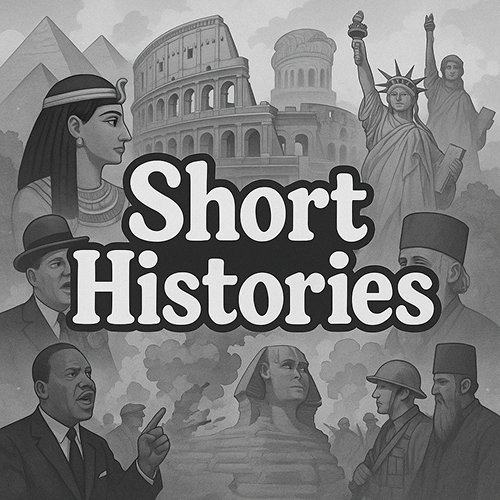Not all Viking tales were written with swords. Some were etched into the very heart of history through exploration, invention, and sheer audacity. In this chapter, we look beyond the ordinary raider, beyond the nameless ships and burning villages. We look at the men who became legends.
Ragnar Lothbrok: The Farmer Who Terrified Kings
His name is whispered in sagas, half-history, half-myth. Ragnar Lothbrok wasn’t born a king. He was said to have started as a humble farmer. Yet through cunning, brutality, and charisma, he rose to lead armies that would shake kingdoms.
Ragnar’s raids on Paris in 845 AD were so devastating that the city paid him to leave. His tale blends truth and legend: a warrior who fought dragons (or at least men dressed like them), who fathered future kings, and who met his end in a pit of snakes cursing his enemies even as venom claimed him.
His sons Ivar the Boneless, Bjorn Ironside, Sigurd Snake-in-the-Eye would carry his bloody torch forward. Whether Ragnar was one man or many stories stitched together, his impact is undeniable. He became the blueprint of the Viking hero: fierce, bold, and unrelenting.
Erik the Red: Exile Turned Explorer
Where others saw exile as an end, Erik the Red saw opportunity. Banished from Norway for murder, then banished from Iceland for more bloodshed, he sailed westward into the unknown and found… Greenland.
Legend says he named it Greenland to attract settlers, though its icy shores were anything but green. Through deception or optimism, he founded one of the most isolated colonies in history. His settlement endured generations of brutal winters, isolation, and hunger proof of Viking tenacity if not wisdom.
Erik’s greatest legacy however, wasn’t Greenland, it was his son.
Leif Erikson: The True Discoverer of America?
Long before Columbus stumbled onto the Caribbean, Leif Erikson had already set foot on North America. The Vikings called it Vinland, land of wild grapes, rich forests, and hostile natives. Around the year 1000 AD, Leif’s expedition landed somewhere likely in modern-day Newfoundland, Canada. They built shelters, explored, and survived. Though their colony didn’t last, their achievement echoes loudly through history.
Leif became the symbol of fearless exploration, a reminder that the edge of the map was never far enough for the Norse. Today, statues of Leif stand not just in Scandinavia, but in America itself.
Harald Bluetooth: The King Who Gave Us Wireless Connection
Not every Viking legacy comes with bloodshed. Some arrive quietly, centuries later, in our phones. Harald Bluetooth, king of Denmark and parts of Norway, was a unifier more than a conqueror. He brought Christianity to Denmark, linked warring tribes, and left behind runestones proclaiming his deeds. When engineers in the 1990s sought a name for their new wireless technology, a system to connect devices and they chose Bluetooth, honoring Harald’s reputation for bringing people together.
The symbol on your phone today? It’s a combination of the runes for H and B, Harald’s initials. A thousand years later, Vikings are still connecting the world.
The Threads That Bind: Heritage and Influence
Their impact didn’t end at borders. The Vikings reshaped languages, Old Norse mingled with Anglo-Saxon to form early English. Words like "sky," "knife," "window," "husband," all come from them. Their laws influenced governance, their trade routes shaped economies from Baghdad to Greenland.
Even in death, they inspired awe. The burial mounds at Uppsala, the ship graves at Oseberg are testaments to a people who believed life was short, but fame could be eternal.
Modern Scandinavia bears their mark, from national symbols to pride in maritime prowess. The spirit of the North still whispers through fjords, through sagas, through stories told by firelight. Their gods may have fallen silent.
Their swords may have rusted but their legacy sails on.
Next Time: The Vikings Final Part — The Fall of the North: From Gods to Crosses
How Christianity tamed the Viking heart, how kingdoms replaced clans, and how the age of the Northmen faded into history but never truly vanished.
Please go back to top & scroll gently

